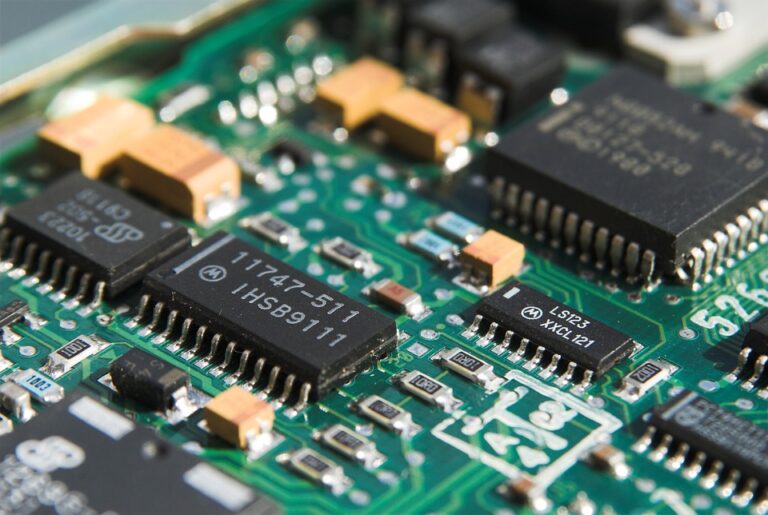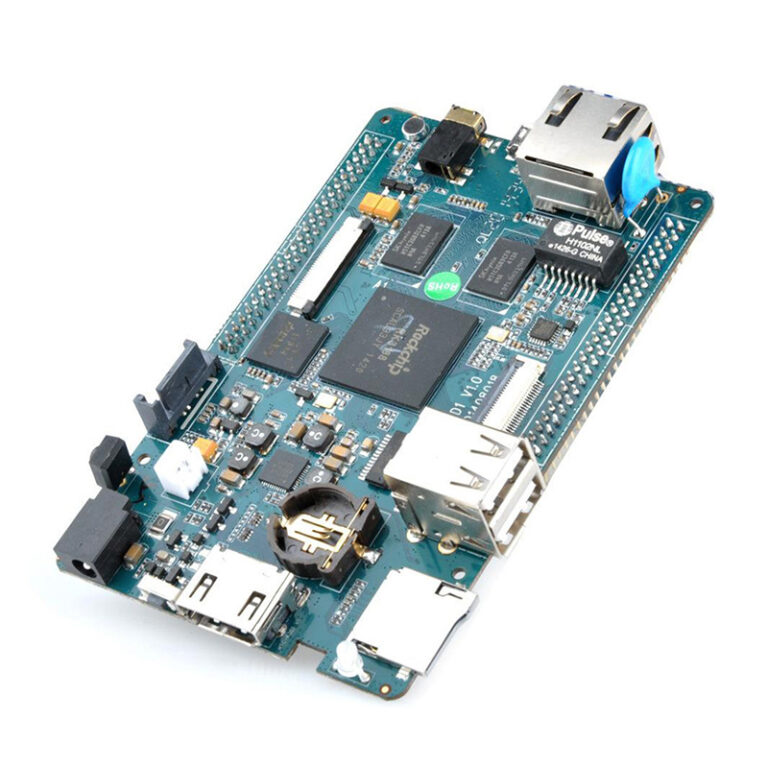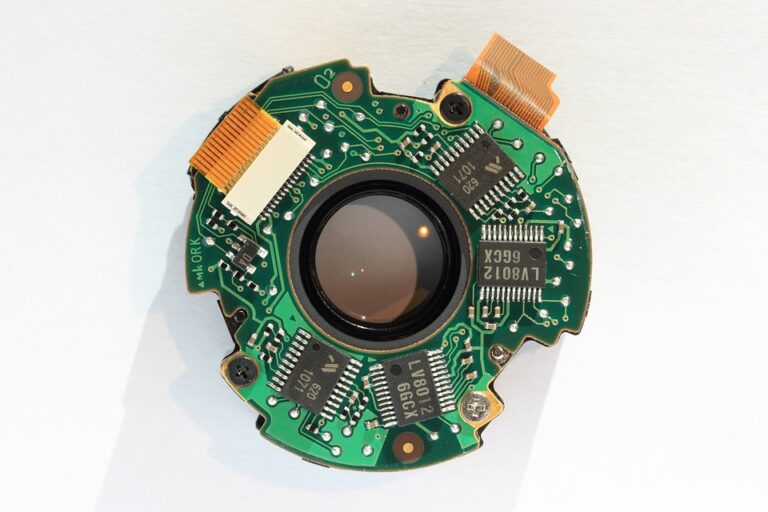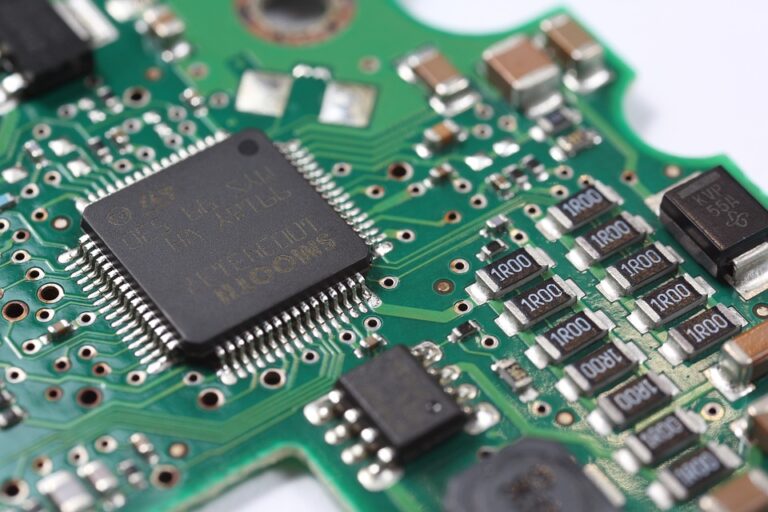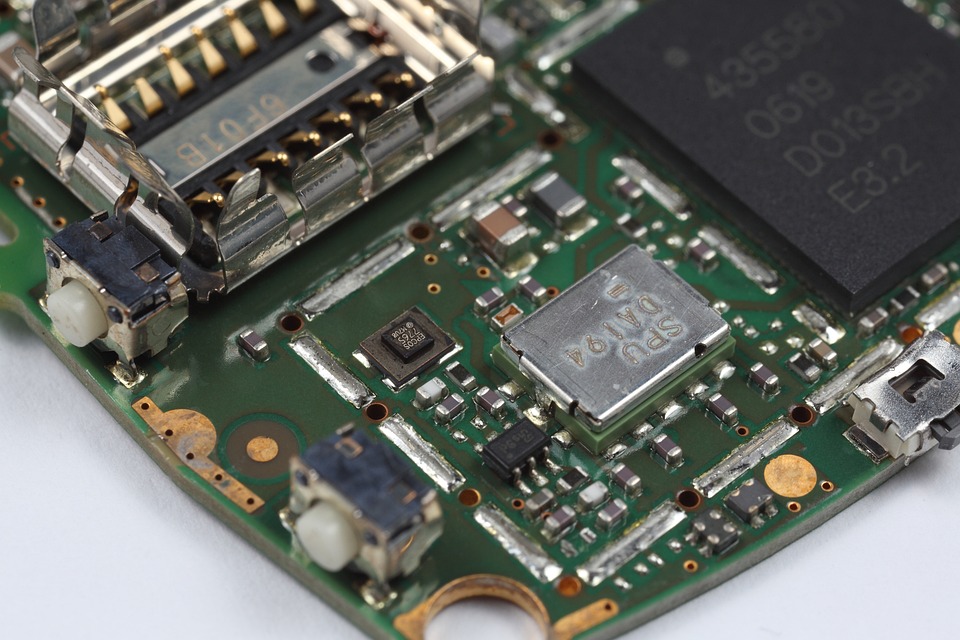
PCB Assembly: A Guide to Surface Mount Technology (SMT) and Through-Hole Technology (THT)
Introduction
PCB (Printed Circuit Board) assembly is the process of placing electronic components on a printed circuit board to create a functional electronic device. There are two main types of PCB assembly technologies: Surface Mount Technology (SMT) and Through-Hole Technology (THT). In this article, we will explore the differences between SMT and THT, the advantages and disadvantages of each, and the steps involved in the assembly process.
Surface Mount Technology (SMT)
Surface Mount Technology (SMT) is a process where components are placed directly onto the surface of the PCB, rather than through holes in the board. This technology uses surface mount devices (SMDs) which are small components with flat surfaces that can be placed on the surface of the PCB.
Advantages of SMT:
* Higher component density: SMT allows for more components to be placed on a smaller area, making it ideal for high-density applications.
* Faster assembly: SMT assembly is generally faster than THT assembly, as components can be placed directly onto the surface of the PCB.
* Lower profile: SMT components are thinner and have a lower profile than THT components, making them ideal for applications where space is limited.
Disadvantages of SMT:
* Higher cost: SMT components are generally more expensive than THT components.
* Soldering challenges: SMT components require precise soldering techniques to ensure proper connections.
Steps involved in SMT assembly:
1. Component placement: SMDs are placed onto the surface of the PCB using a placement machine or manually.
2. Soldering: The SMDs are soldered to the PCB using a soldering iron or wave soldering machine.
3. Inspection: The PCB is inspected for any defects or misaligned components.
4. Cleaning: The PCB is cleaned to remove any excess solder or debris.
Through-Hole Technology (THT)
Through-Hole Technology (THT) is a process where components are placed through holes in the PCB, and then soldered in place. This technology uses through-hole components, which are larger and have pins that are inserted through the PCB.
Advantages of THT:
* Easy to assemble: THT is a more traditional and straightforward assembly process, making it easier to learn and master.
* Reliability: THT components are generally more reliable than SMT components, as they are less prone to soldering defects.
Disadvantages of THT:
* Lower component density: THT requires more space on the PCB due to the size of the components.
* Slower assembly: THT assembly is generally slower than SMT assembly, as components need to be inserted through holes in the PCB.
Steps involved in THT assembly:
1. Component insertion: Components are inserted through holes in the PCB using a insertion machine or manually.
2. Soldering: The components are soldered to the PCB using a soldering iron or wave soldering machine.
3. Inspection: The PCB is inspected for any defects or misaligned components.
4. Cleaning: The PCB is cleaned to remove any excess solder or debris.
Conclusion
In conclusion, both SMT and THT are essential technologies in PCB assembly, each with its own advantages and disadvantages. SMT is ideal for high-density applications where space is limited, while THT is better suited for applications where ease of assembly and reliability are key. Understanding the differences between SMT and THT is crucial for choosing the right technology for your specific application.
FAQs
Q: What is the difference between SMT and THT?
A: SMT is a process where components are placed directly onto the surface of the PCB, while THT is a process where components are placed through holes in the PCB.
Q: Which technology is more expensive?
A: SMT components are generally more expensive than THT components.
Q: Which technology is faster?
A: SMT assembly is generally faster than THT assembly.
Q: Which technology is more reliable?
A: THT components are generally more reliable than SMT components.
Q: Can I use both SMT and THT in the same PCB?
A: Yes, it is possible to use both SMT and THT components in the same PCB. However, it is important to ensure that the components are properly aligned and soldered to avoid any defects.
Q: Can I assemble SMT components manually?
A: Yes, SMT components can be assembled manually using a soldering iron or a placement machine. However, it is important to ensure that the components are properly aligned and soldered to avoid any defects.
Q: Can I assemble THT components manually?
A: Yes, THT components can be assembled manually by inserting the components through holes in the PCB and soldering them in place.
Q: What is the most common type of PCB assembly?
A: The most common type of PCB assembly is SMT.
Q: What is the most common type of component used in PCB assembly?
A: The most common type of component used in PCB assembly is the Surface Mount Device (SMD).
Q: What is the process of PCB assembly called?
A: The process of PCB assembly is called surface mount technology (SMT) or through-hole technology (THT).

